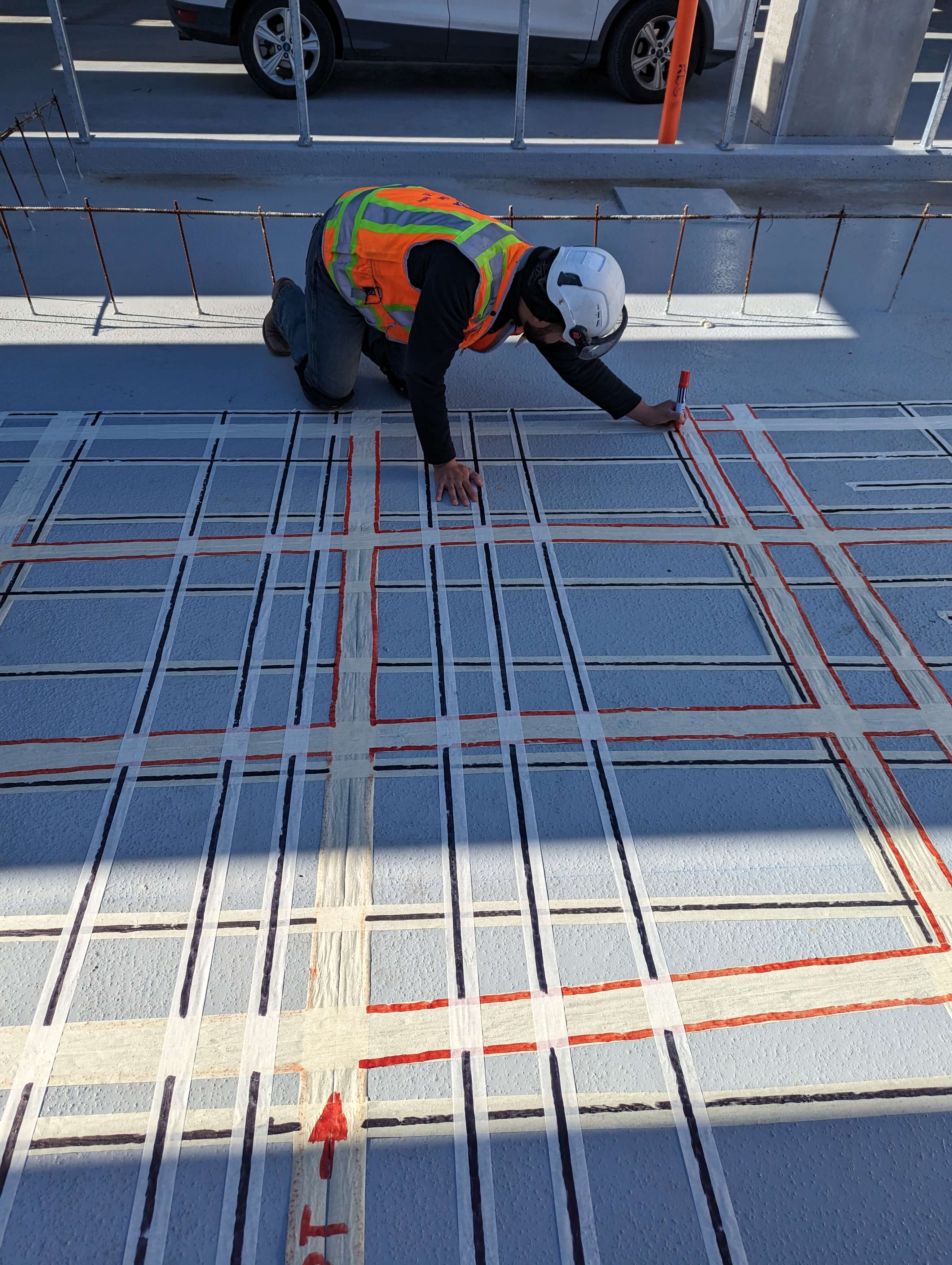Comprehensive Overview to Concrete Scanning Technologies
Comprehensive Overview to Concrete Scanning Technologies
Blog Article
Introduce the Transformative Power of Concrete Scanning in Making Best Use Of Performance and Security
Concrete scanning has actually emerged as an important tool in the building and construction sector, supplying unmatched benefits in improving task efficiency and making certain security requirements. The transformative power of concrete scanning lies in its capacity to supply real-time data and thorough understandings, revolutionizing exactly how tasks are planned and implemented.
Relevance of Concrete Scanning
Ensuring the architectural integrity and security of construction tasks begins with the crucial action of conducting comprehensive concrete scanning. Concrete scanning is a non-destructive approach used to identify and map subsurface aspects within concrete frameworks.
The significance of concrete scanning can not be overstated, as it plays a crucial duty in avoiding crashes, reducing project delays, and making certain the long-term toughness of the building and construction. By determining potential risks prior to the building and construction phase begins, builders can execute proper precaution and make educated choices concerning the design and implementation of the job. In addition, concrete scanning helps in optimizing job timelines and spending plan by preventing unexpected costs and delays that may develop as a result of unexpected obstructions within the concrete. Ultimately, investing in complete concrete scanning is a positive technique that improves both effectiveness and security in building and construction tasks.
How Concrete Scanning Works
Concrete scanning operates as an important tool in construction projects by using innovative modern technologies to spot and map subsurface elements without creating structural damage. Ground Passing Through Radar (GPR) and Electromagnetic Induction (EMI) are 2 main methods made use of in concrete scanning. GPR jobs by producing high-frequency radar pulses right into the surface area, which get better when they run into subsurface items or voids. The time considered the signal to return indicates the deepness and area of the things. EMI, on the other hand, utilizes electro-magnetic fields to recognize differences in product make-ups, such as determining rebar or avenues within concrete structures.
Throughout the scanning procedure, the information accumulated is examined in real-time, permitting prompt recognition of potential hazards or challenges under the surface area. By employing these advanced technologies, concrete scanning substantially reduces the risk of costly damages and injuries on construction sites.
Benefits of Concrete Scanning
One of the primary benefits of concrete scanning is the ability to identify and find ingrained items such as rebar, post-tension cable televisions, and avenues precisely. Concrete scanning aids in planning and making more properly, as it offers specific information concerning the place and depth of architectural components.

Study: Concrete Scanning Success

In one more instance, a construction business made use of 3D concrete scanning to evaluate the condition of maturing concrete frameworks in a historic structure. The thorough scans provided useful understandings right into the degree of damage and helped prioritize maintenance initiatives properly. By proactively dealing with locations of problem identified with scanning, the business had the ability to expand the life expectancy of the framework and make sure owner safety and security.
These study underscore the transformative power of concrete scanning in boosting performance, accuracy, my explanation and safety in building and construction projects.
Implementing Concrete Scanning in Projects
Carrying out sophisticated scanning modern technologies during construction projects has actually become progressively important for enhancing accuracy and safety and security. By incorporating concrete scanning right into task preparation and implementation, building groups can determine prospective dangers, such as rebar or post-tension cords, concealed within concrete frameworks. This positive approach lessens the danger of mishaps, delays, and pricey rework, inevitably bring about extra effective job timelines and spending plans.
To apply concrete scanning properly, job managers need to team up very closely with knowledgeable scanning experts to identify the most ideal scanning methods for the particular project needs. Engaging scanning this specialists from the onset of a job makes it possible for the team to produce extensive scanning plans that deal with key areas of problem and make sure comprehensive data collection.
Additionally, incorporating concrete scanning into routine project operations can streamline decision-making procedures, as real-time check data gives prompt understandings into the problem of concrete structures - Concrete Scanning. This data-driven approach promotes educated problem-solving and allows teams to make changes promptly, cultivating a culture of effectiveness and security throughout the project lifecycle

Final Thought
In conclusion, concrete scanning plays an essential duty in boosting efficiency and safety in building jobs. By making use of sophisticated technology to map and find out underlying frameworks within concrete, this process aids to stop costly mistakes, make sure architectural honesty, and lessen risks on website. With the capacity to discover covert aspects and provide exact information, concrete scanning confirms to be an important tool for optimizing job end results and taking full advantage of total success.
Concrete scanning is a non-destructive technique utilized to identify and map subsurface aspects within concrete frameworks. Furthermore, concrete scanning assists in optimizing project timelines and budget by staying clear of unexpected costs and delays that may arise due to unexpected blockages within the concrete. One noteworthy situation research entails a massive restoration project where concrete scanning played an important duty in making sure task success.In Visit This Link one more situation, a building firm used 3D concrete scanning to analyze the problem of aging concrete frameworks in a historic building. By integrating concrete scanning right into job planning and execution, building groups can determine potential dangers, such as rebar or post-tension wires, hidden within concrete frameworks.
Report this page